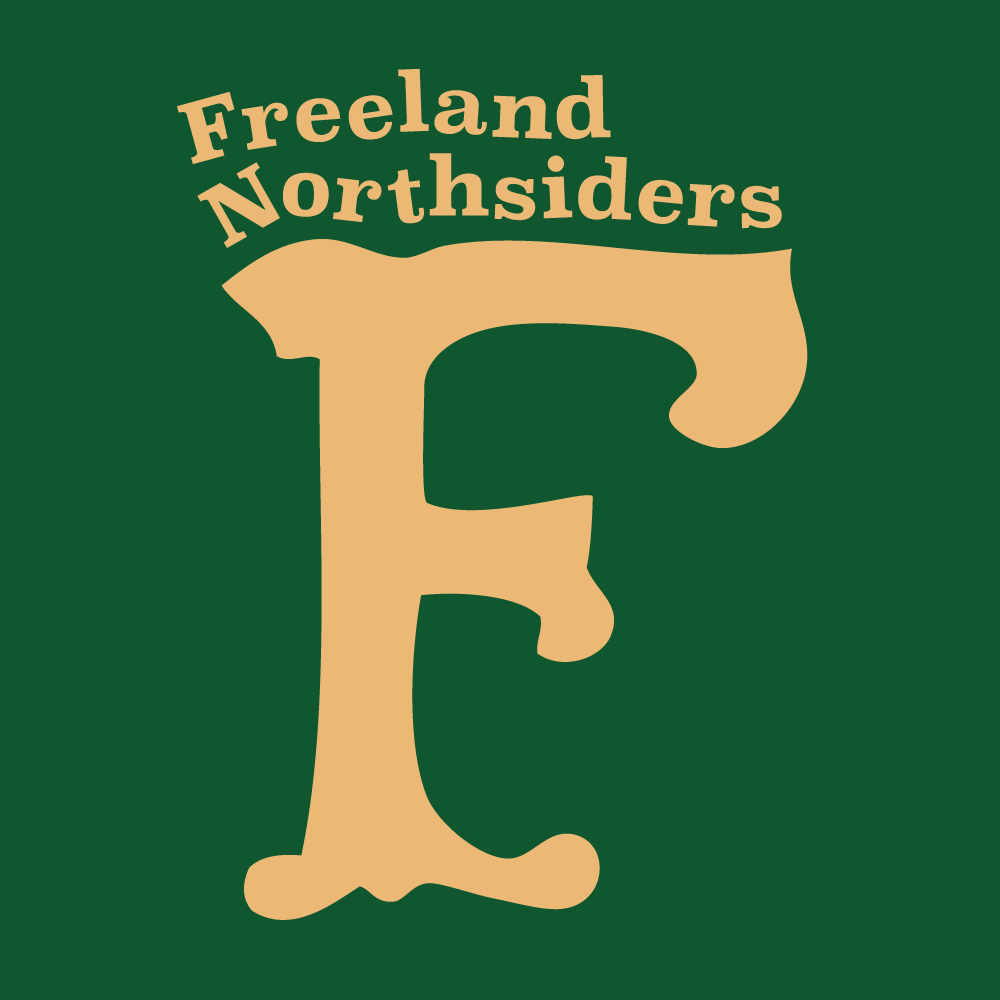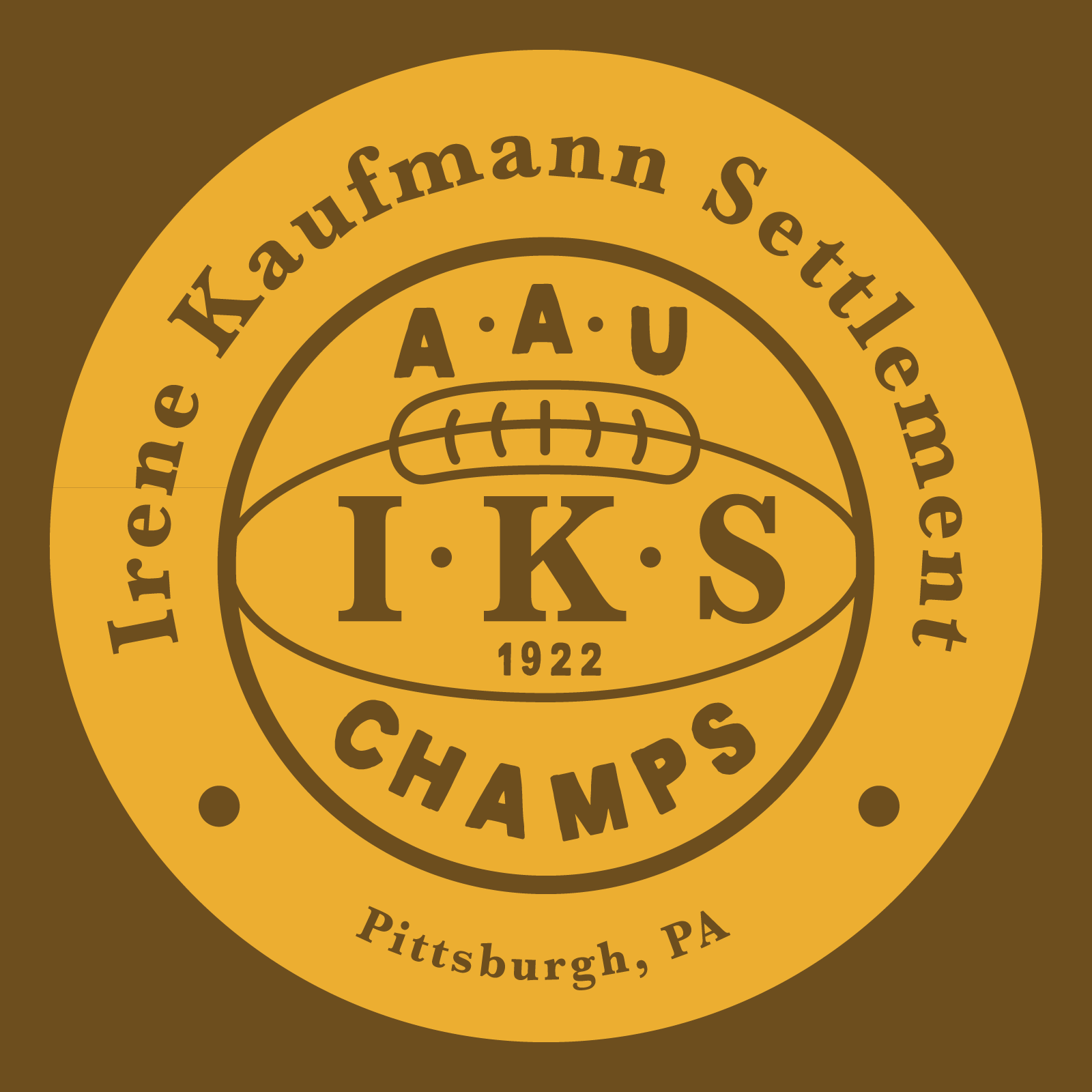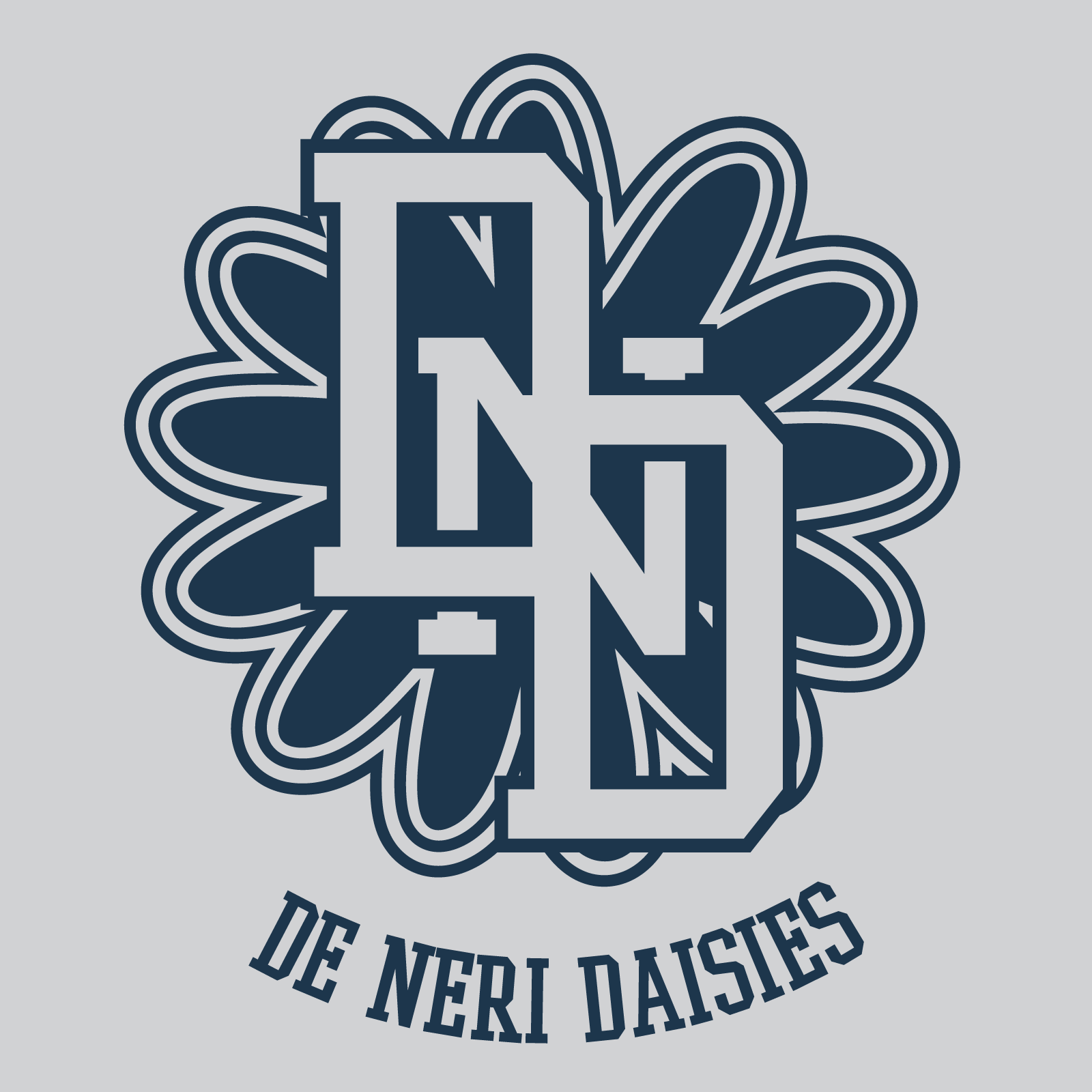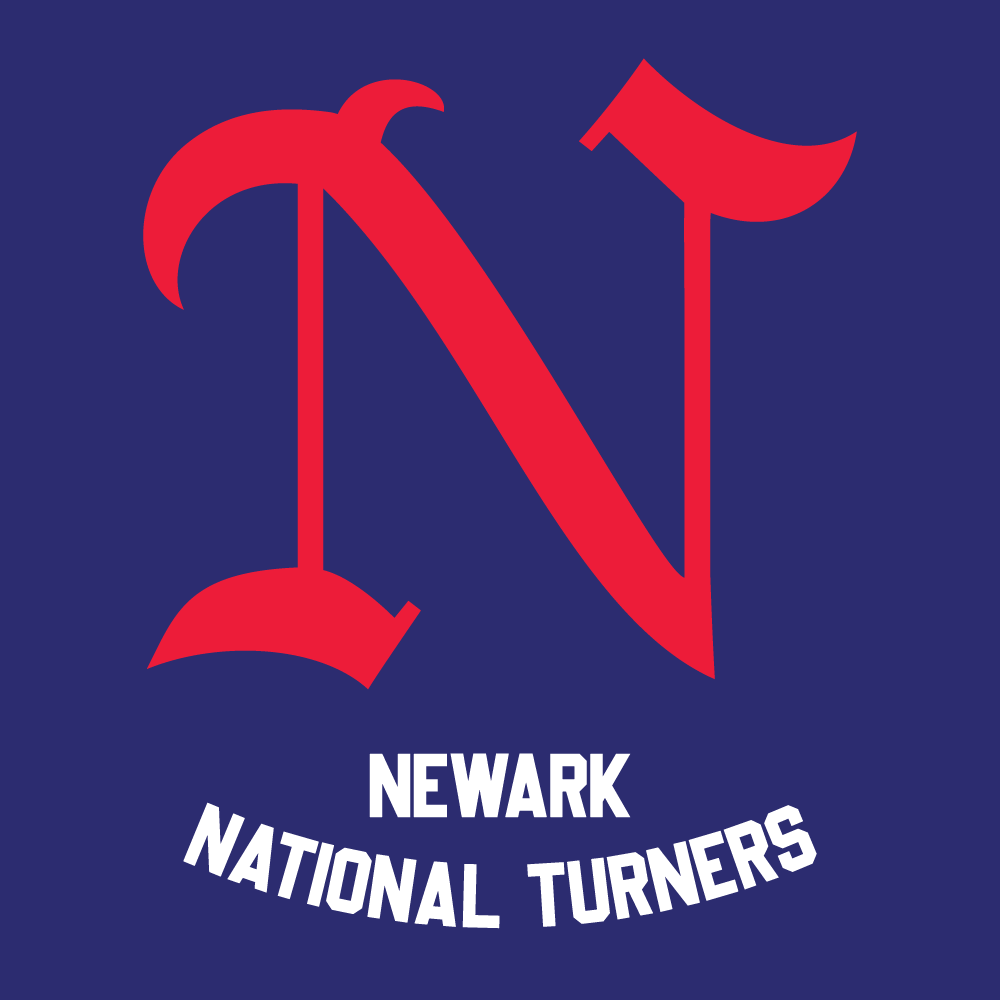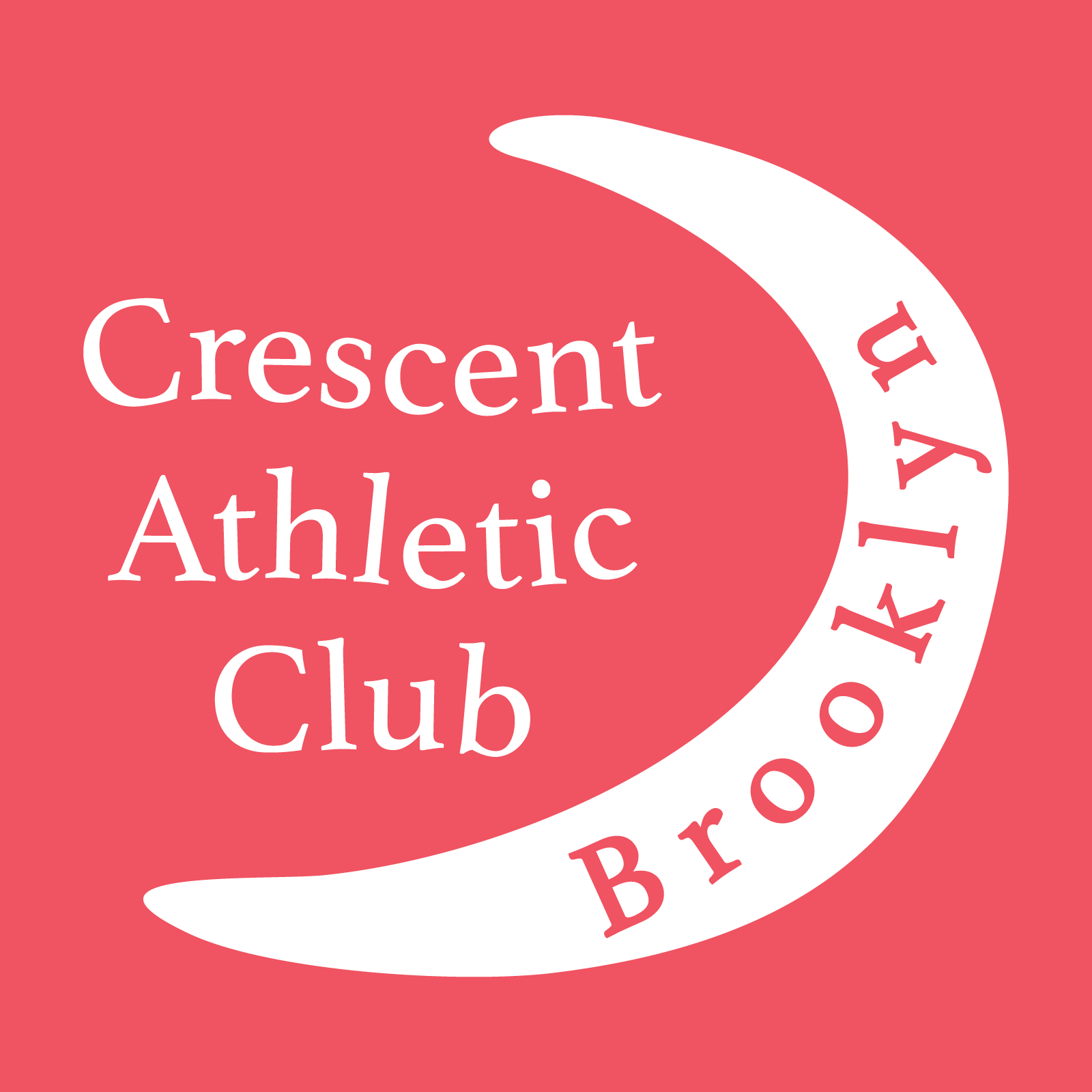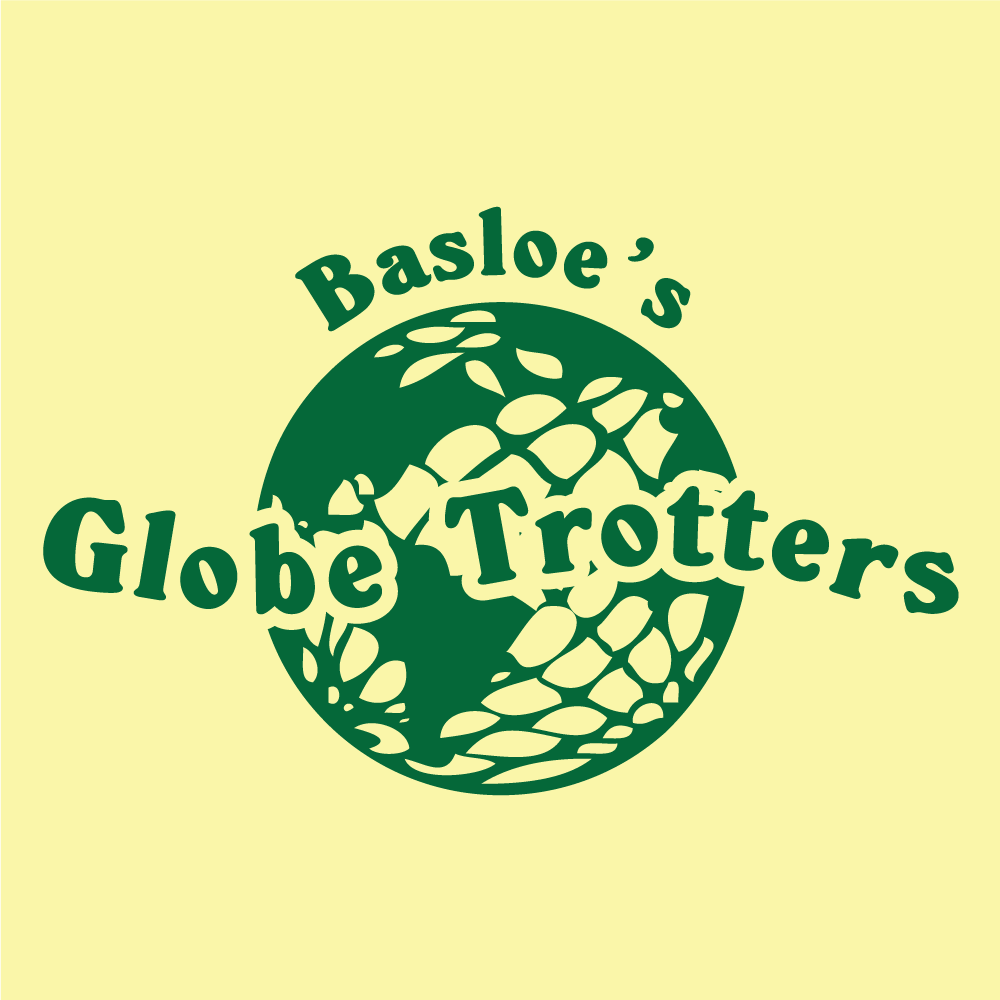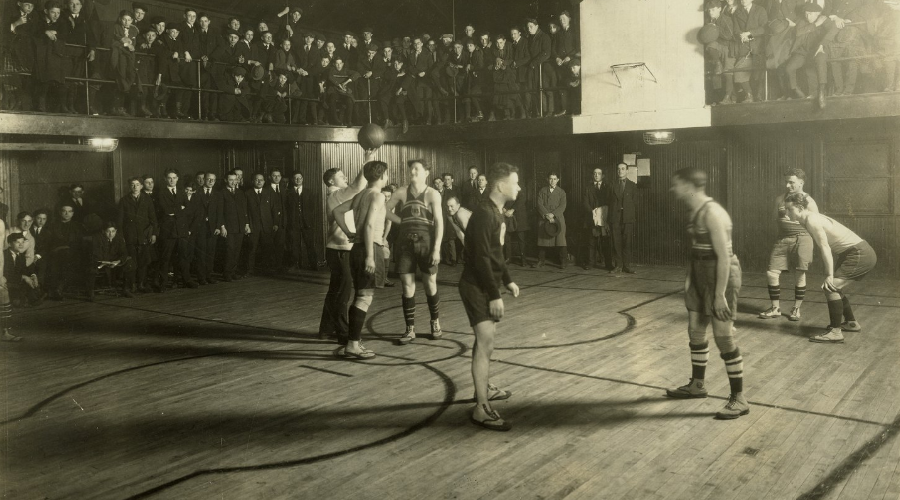
Barnstorming: A Basketball Sim from the 1920s
EXPERIENCE the chaotic world of 1920-era basketball
It’s 1919. After a year of canceled leagues due to the Spanish Flu and rosters devastated by World War I, basketball is coming back…and a new era is beginning.
Talented independent teams, known as barnstorming teams, are setting out across the Northeast and Midwest. They’ll play anyone, anywhere, chasing prestige and prize money.
Barnstorming is a well-researched game that features more than 100 real teams and hundreds of players from the era,
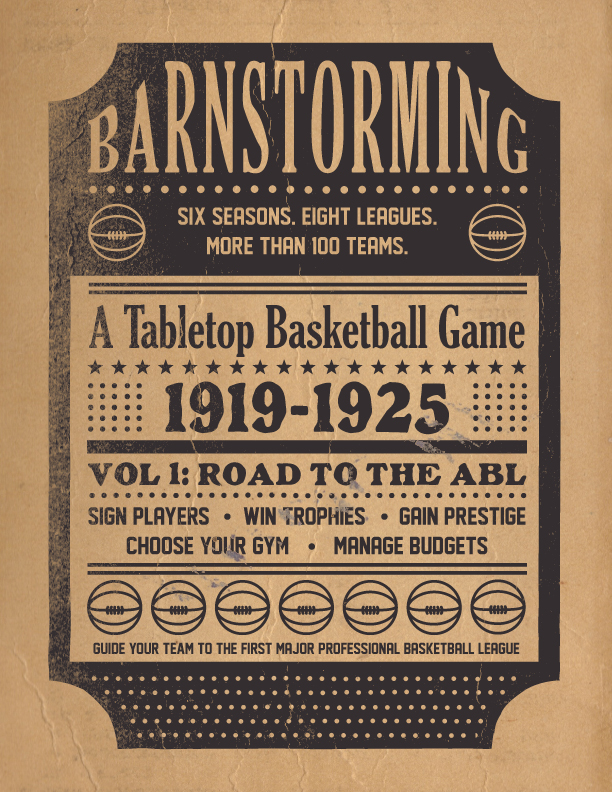
how do you play barnstorming?
In Barnstorming, you’ll manage one of these teams through six dramatic seasons. Balance your budget, recruit top players, and decide whether to take your chances on the lucrative barnstorming circuit or stick to steady league play.
Barnstorming is about far more than winning games. You’ll navigate player loyalty (or lack of it!), unpredictable venues, and shifting leagues. Your players might jump to another team if you can’t pay them.
You might lose money for a few seasons, then rebound with a championship run. You have six seasons to build your club and receive an invitation to the American Basketball League (ABL) in 1925. But only the most prestigious (and profitable) teams will make it to the league, so plan carefully!
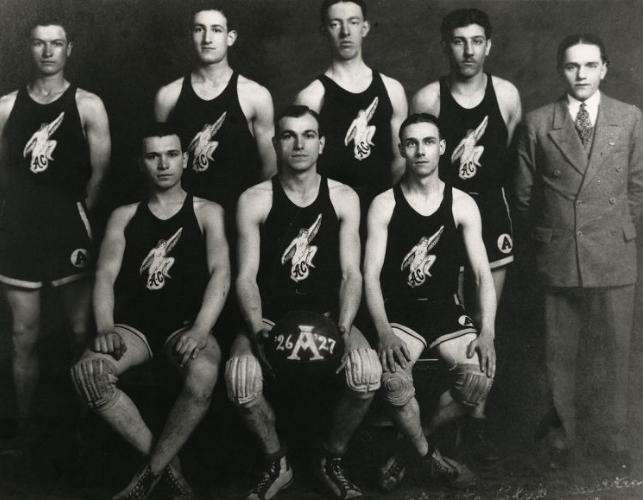
Gameplay Overview
manage your team’s budget
earn performance bonuses, manage ticket sales, rent a venue for your team, and pay player salaries
choose your path
minimizes losses in a steady league or go high-risk, high-reward on the barnstorming circuit
sign players
each player has unique loyalty and skill ratings
choose your gym
choices range from hotel ballrooms and opera houses to armories and casinos
strive for ABL qualification
win titles, build prestige, and maximize profits to earn an invitation into the first organized professional league
Starting Your Journey
At the beginning of Barnstorming, you’ll choose from four historically inspired teams, each with different challenges:
Asbury Park Beachers (easy)
great league options, stable revenue
Derby Silk Skirts (medium)
a balanced challenge in New England
Bennington Benns (hard)
limited leagues, forced barnstorming
Endicott Cobblers (very hard)
few league choices, high travel costs
St. Anthony’s Defenders (very hard)***
rewrite history by taking control of a fictional Black Five team and earning an invite into the ABL
Every decision counts. Every dollar matters. And every season brings you one step closer — or further away — from basketball glory.
*** St. Anthony’s Defenders is named after Will Anthony Madden, a pioneer of early Black basketball. When you play as St. Anthony’s, you will have modified rules to simulate the challenges that Black teams endured.
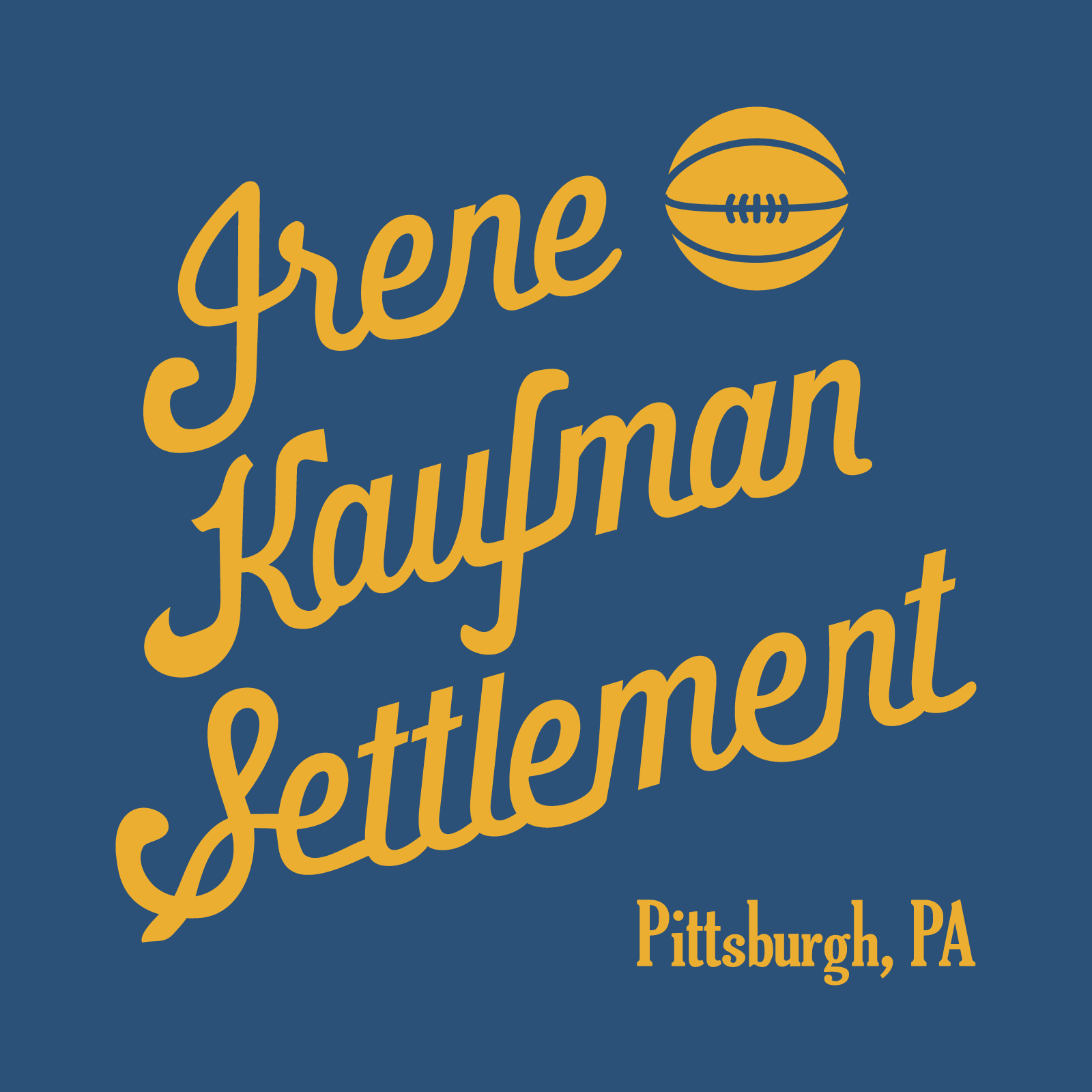
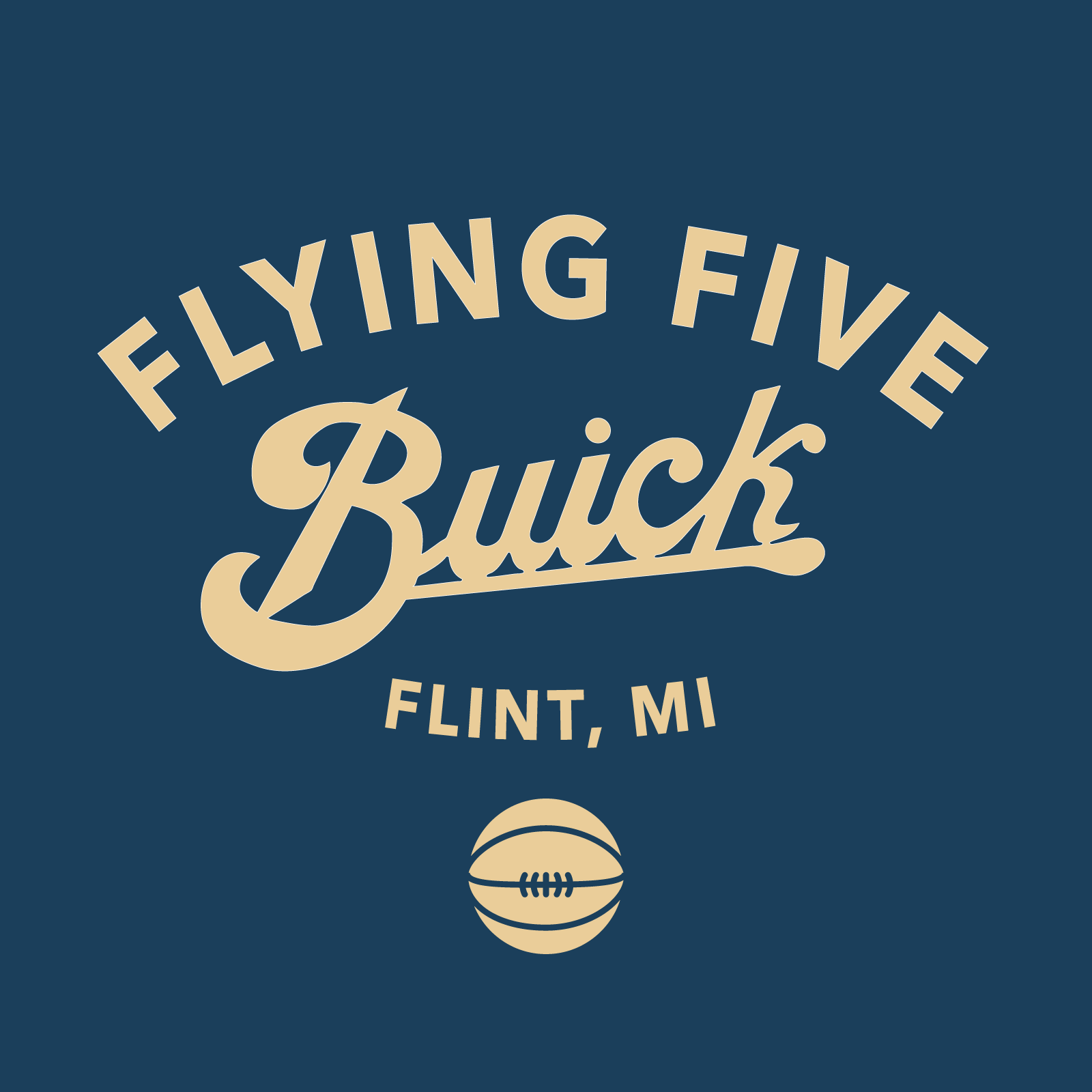
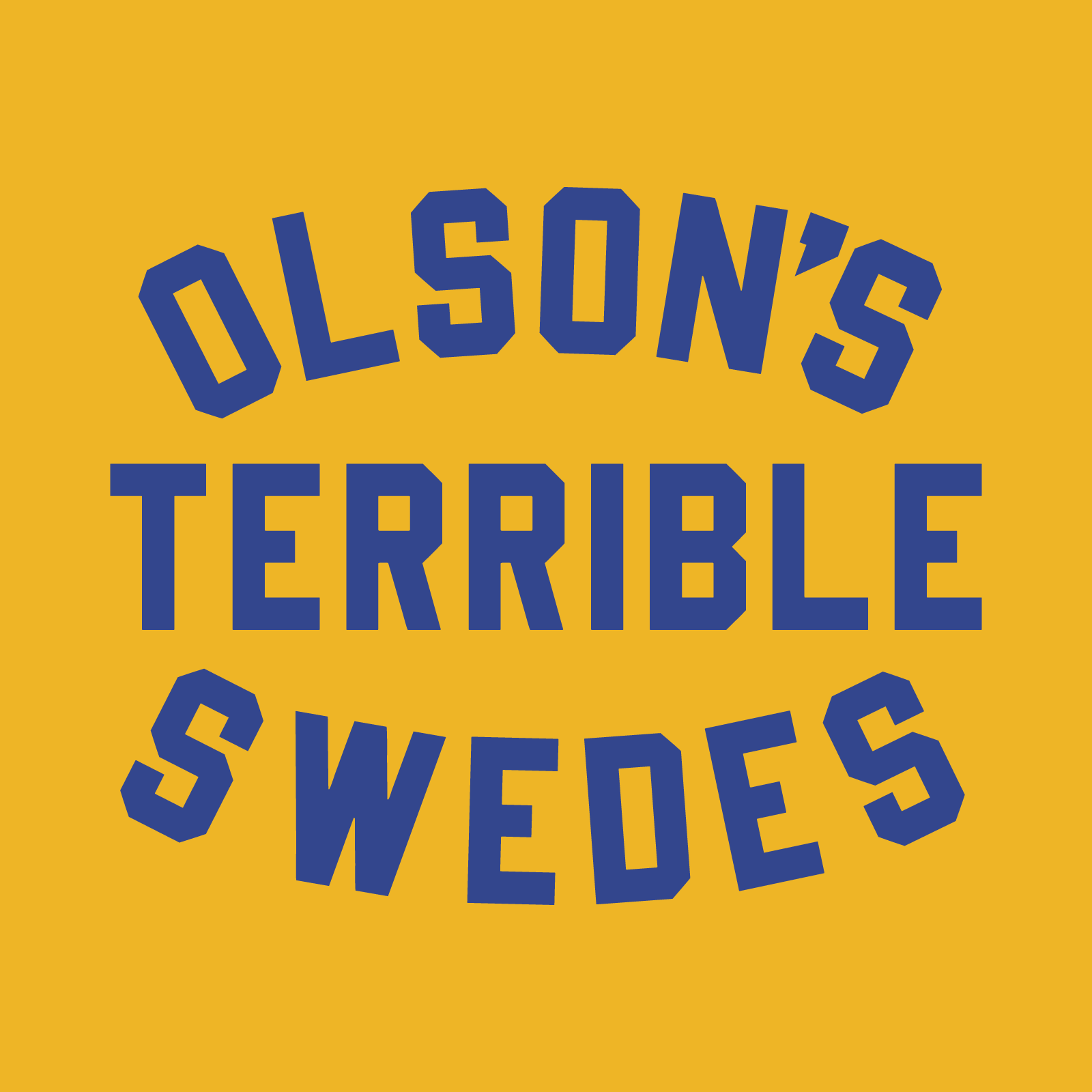
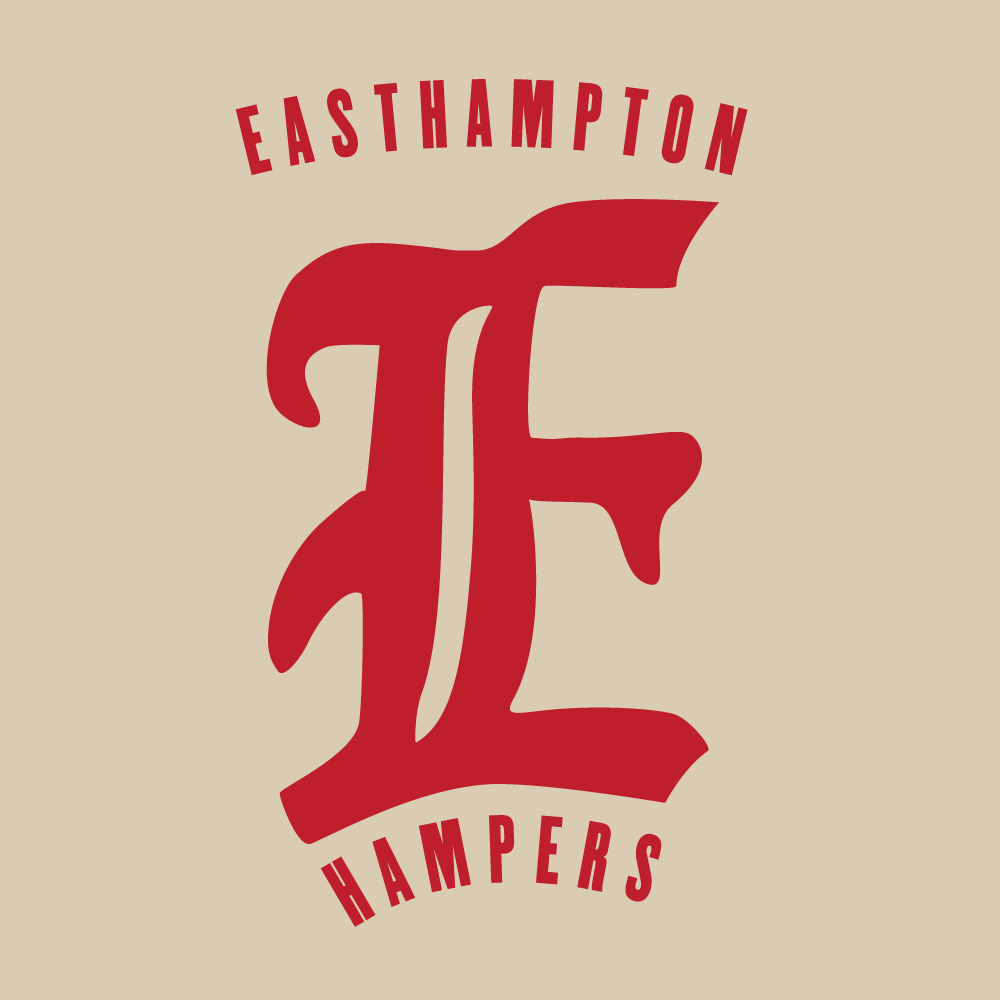
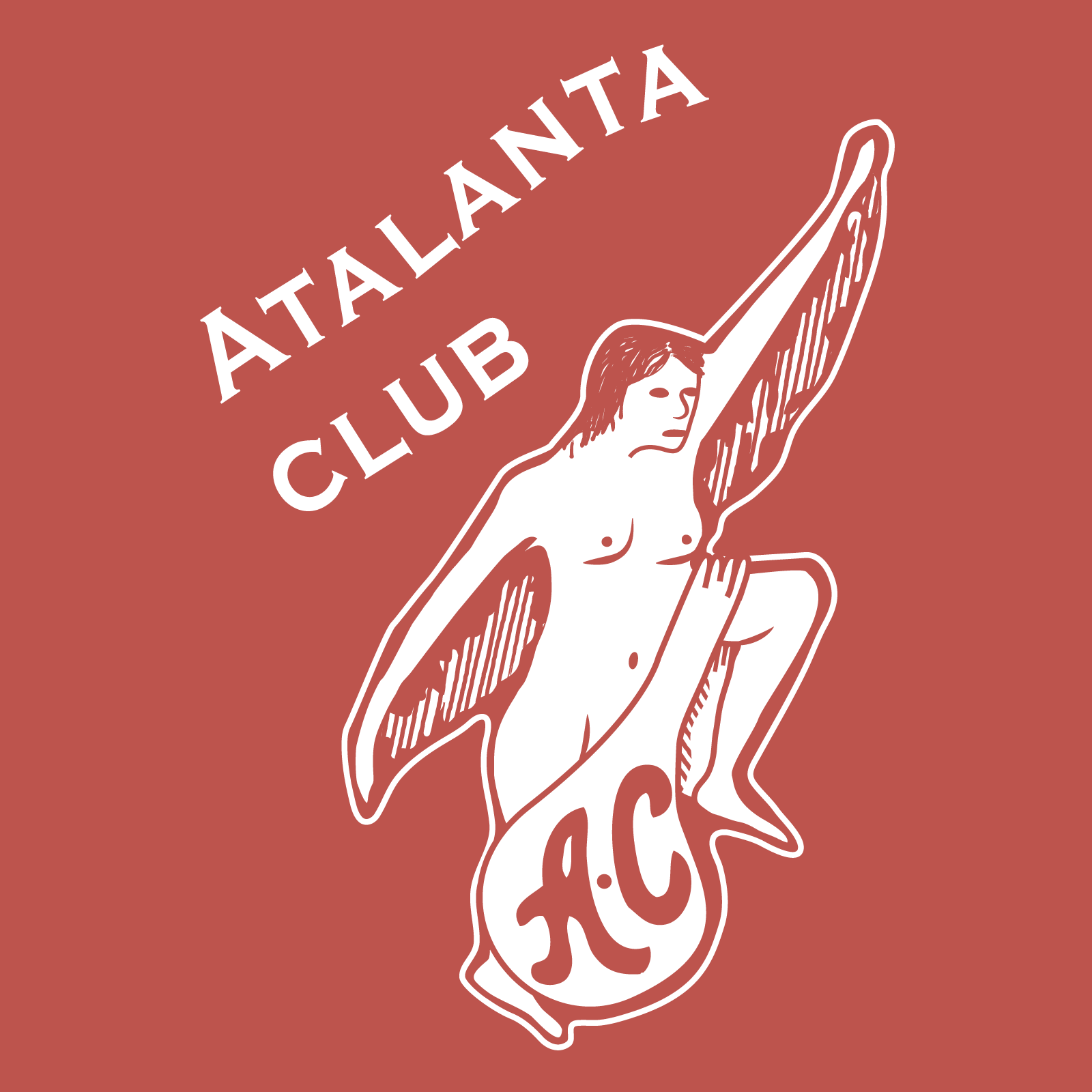
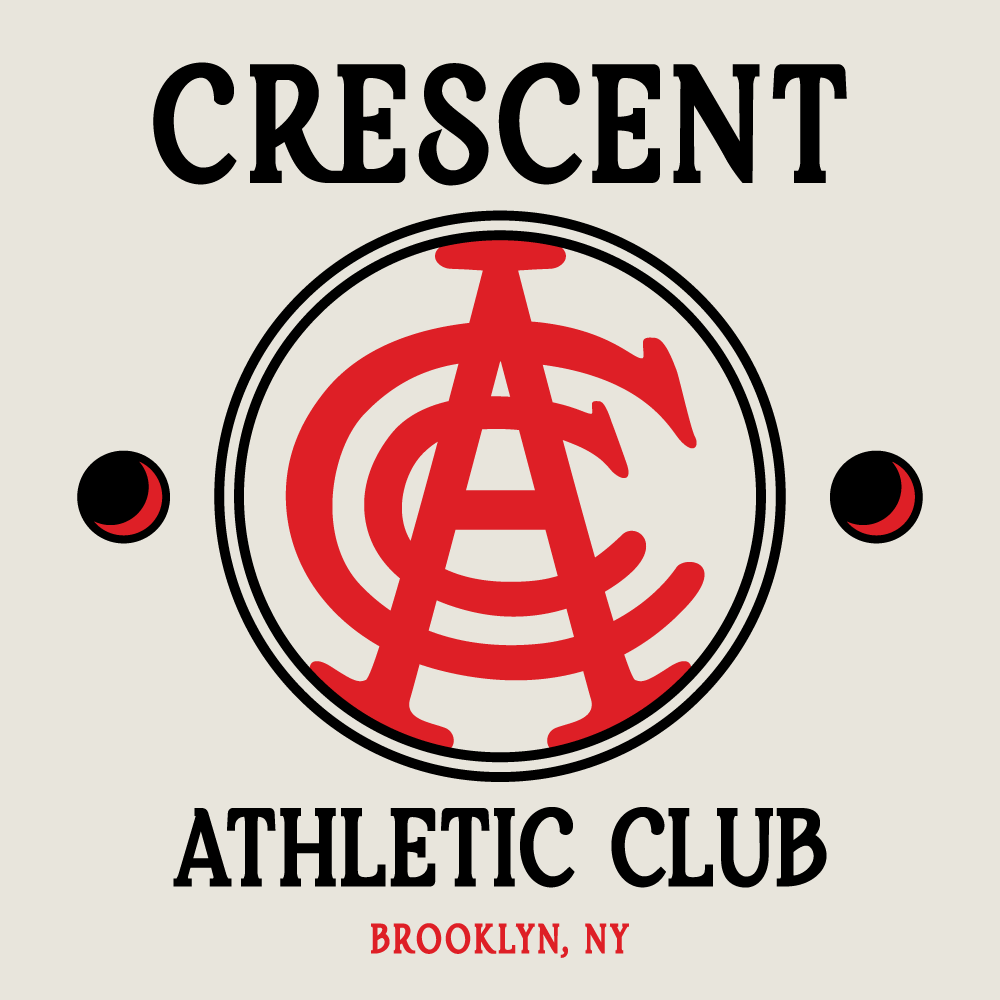
Historical Setting
In this era, basketball was played in dance halls, town halls, opera houses, and even on the third floor of Elks lodges. Some games served as the opening act for a night of dancing and music. Many barnstorming teams operated on a “winner-take-all” basis, battling for prize money instead of guaranteed paychecks.
At the same time, Black teams – known as Black Fives – were shut out of many professional leagues due to segregation laws and appalling “gentleman’s agreements.” As a result, they barnstormed out of necessity. Legendary teams like the New York Rens, Pittsburgh’s Loendi Big Five, and New York’s St. Christopher’s Club were among the best in the country, regardless of race, throughout the 1910s and 1920s.
Creating an experience about basketball during this time means acknowledging the discrimination and racism that Black players and teams endured. Barred from organized professional leagues, Black athletes built their own circuits and forged their own path to compete. They traveled tirelessly across Washington DC, Chicago, Pittsburgh, New York, and throughout the northeast and midwest, taking on any opponent willing to face them, and often winning, despite enormous obstacles.
Travel was harsh and unsafe. Venues were difficult to secure because many white business owners refused to host Black teams. The Black Fives played in community halls, churches, and segregated athletic clubs, persevering through dangerous journeys and social hostility. Their courage and resilience helped lay the groundwork for basketball’s future integration, something that would take nearly three more decades. These pioneering athletes proved that excellence could not be denied, even in the face of systemic racism.
Barnstorming honors this moment in basketball’s history, offering you a respectful glimpse into both the opportunities and the difficult realities that shaped the game.
